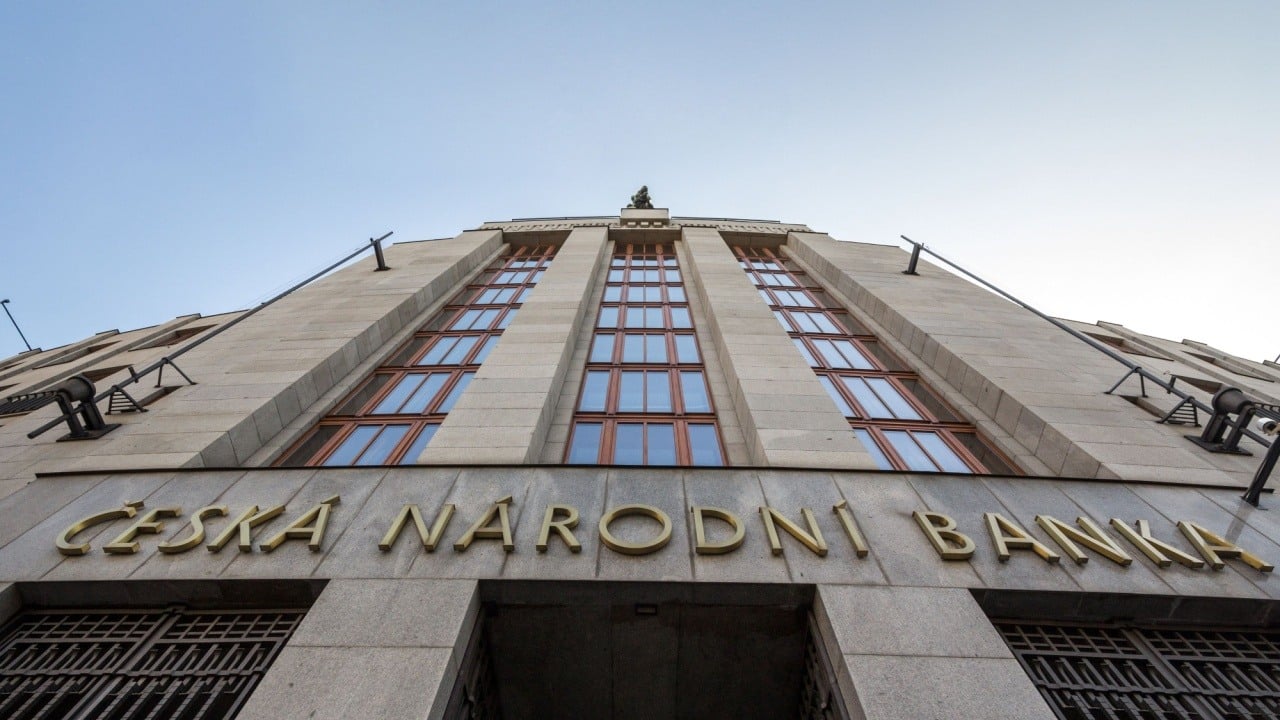Major investment bank Morgan Stanley believes that central bank digital currencies are not a threat to the existence of cryptocurrencies. The bank believes that both types of digital currencies can coexist because they serve different purposes and have different appeals.
Cryptocurrencies and CBDCs Can Coexist
Morgan Stanley’s analysts, including chief economist Chetan Ahya, discussed the impact of central bank digital currencies (CBDCs) on bitcoin and other cryptocurrencies in a report published last week. They wrote:
Cryptocurrencies will still exist, as they continue to serve other use cases … For instance, some cryptocurrencies can function as a store of value … as some segments of the public do not place their full faith in fiat currencies.
The analysts explained that the uses and appeals of central bank digital currencies and cryptocurrencies are different. They added that cryptocurrencies can be both a store of value, similar to gold, and a speculative asset.
A growing number of people have said that bitcoin is a store of value, including the pro-bitcoin U.S. Senator Cynthia Lummis and the Federal Reserve Bank of Dallas President Rob Kaplan.
Regarding why investors are increasingly interested in bitcoin and other cryptocurrencies, the Morgan Stanley analysts described:
Investors’ interest in cryptocurrencies has risen alongside the unprecedented monetary and fiscal policy response to the pandemic.
In contrast, Morgan Stanley said in the report that government-backed digital currencies probably pose the biggest risk to stablecoins.
A growing number of central banks are increasingly interested in issuing their own digital currencies. The Bank of International Settlements (BIS) says 86% of the world’s central banks are studying digital currencies in varying stages.
Morgan Stanley believes that CBDCs would be quite different from cryptocurrencies as they are unlikely to use blockchains. The European Central Bank (ECB) has similarly said that CBDCs have little to do with cryptocurrencies, which the bank sees as speculative assets and not actual currencies.
Do you think cryptocurrencies and central bank digital currencies can coexist? Let us know in the comments section below.
Image Credits: Shutterstock, Pixabay, Wiki Commons
Disclaimer: This article is for informational purposes only. It is not a direct offer or solicitation of an offer to buy or sell, or a recommendation or endorsement of any products, services, or companies. Bitcoin.com does not provide investment, tax, legal, or accounting advice. Neither the company nor the author is responsible, directly or indirectly, for any damage or loss caused or alleged to be caused by or in connection with the use of or reliance on any content, goods or services mentioned in this article.
Credit: Source link























